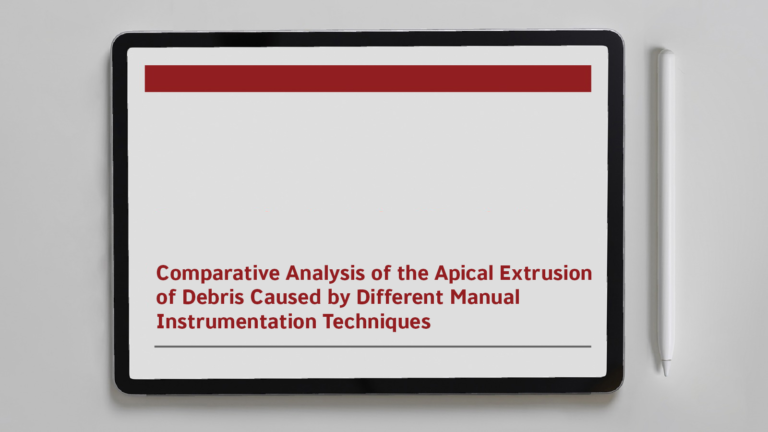
To analyze the root canal organic tissue dissolution capacity promoted by irrigating solutions, with or without the use of different agitation techniques. Methods: Bovine pulp tissue fragments were initially weighed. The following irrigating solutions were tested: 2.5% sodium hypochlorite, 2% chlorhexidine digluconate solution, and distilled water.
The irrigating protocols were: immersion, mechanical agitation with endodontic files, and ultrasonic or sonic systems (Endoactivactor® and Easy Clean®). At the end of the protocols, the pulps were weighed to determine their final weight. For comparison, the average percentage of tissue dissolution in relation to the groups was analyzed using the Kruskal-Wallis nonparametric test complemented by multiple comparisons test. The significance level was set at 5%.
Results: Among the irrigation solutions, 2.5% sodium hypochlorite showed a higher dissolving power than 2% chlorhexidine digluconate and distilled water. Furthermore, ultrasonic and sonic systems were more effective irrigating protocols than immersion and mechanical agitation with endodontic files.
Conclusions: The combination of sodium hypochlorite with an agitation system promotes a greater degree of tissue degradation.
Keywords: Endodontics. Dissolution. Sodium Hypochlorite. Chlorhexidine. Vibration.
Rua Barão de Paraopeba, 230, Jardinópolis, Belo Horizonte – Minas Gerais – 30532-150 – CNPJ: 034407030001-29
